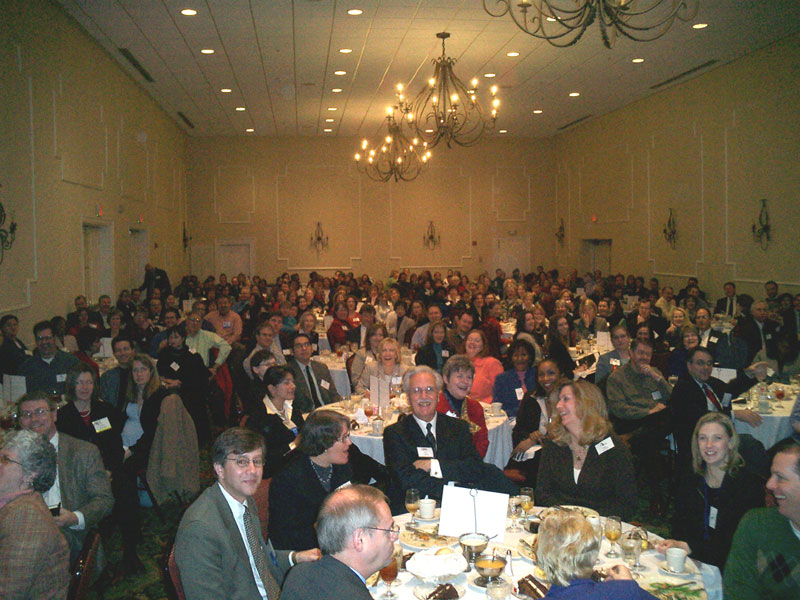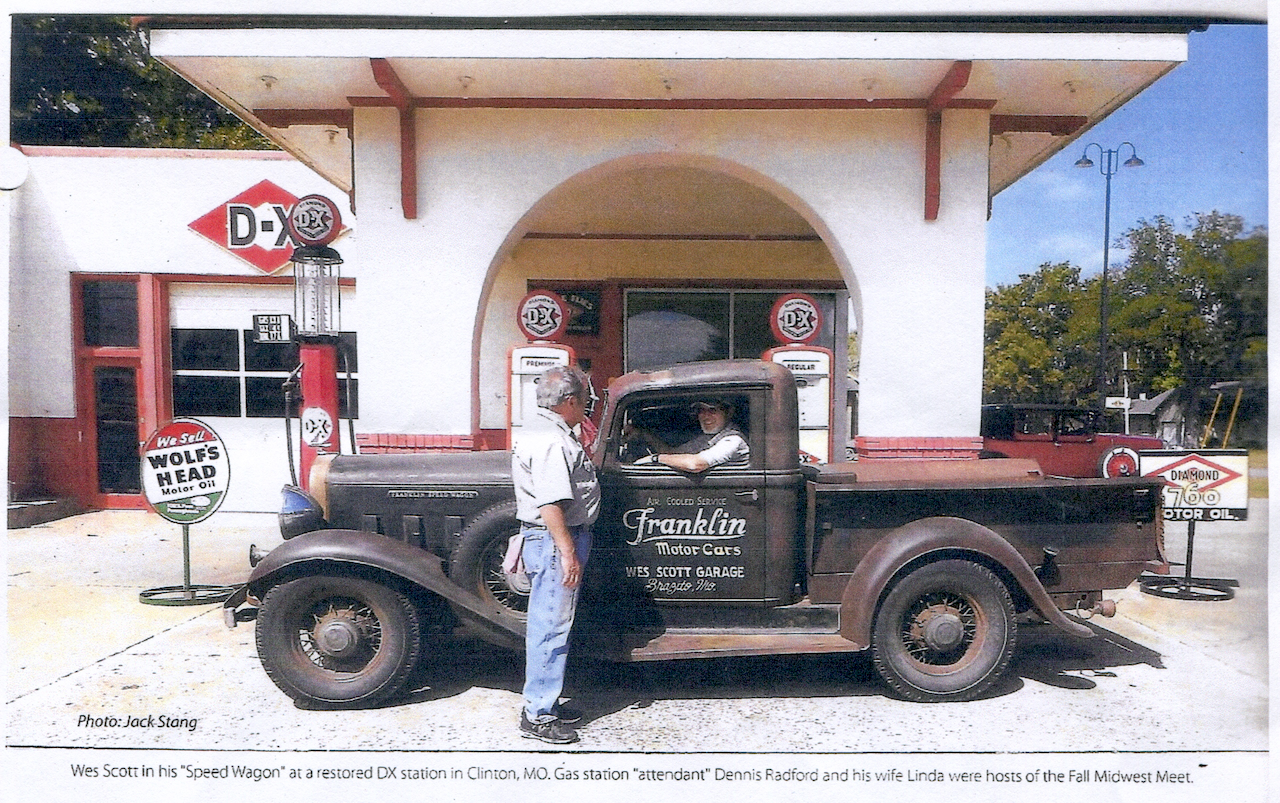The Shield premiered in 2002 and got glowing reviews but I never got around to watching it. Until now. It holds up well after 20+ years. The show was created and written by Shawn Ryan and while I can’t say for sure he penned this bit of dialog, somebody deserves an award for coming up with the line, “I’ve got a yammy full of Georgia joy juice.” And I thought I had every slang term for female genitalia.
Category Archives: Media & Entertainment
DJI Osmo 3
I purchased this camera back in January but a busted arm and cold weather prevented me from plunging in as I usually do with a new toy. Additionally, I found myself overwhelmed by the number of features and settings. All excellent features, but there are so many of them. I couldn’t find a place to start. So yesterday I turned the camera on and headed into the woods, paying to attention to settings. The video below was shot at 1080/30fps. I’ve reset to 4K/60fps for the next shoot. Watch this space. (PS: A YouTube search will tell you all you might want to know about this little gadget.)
Fallout
“The end of the world is not what it used to be”
Is that a great tagline, or what? I’m about four episodes in. Making the end of the world funny is a tall order but the series manages to do so. Walton Goggins (Boyd Crowder!) is the perfect bad guy; Mykelti Williamson (Ellstin Limehouse, also from Justified) makes a early/brief appearance; Dale Dickey, another Justified alum (who was wonderful in Winter’s Bone) does her redneck thing, and I’m sure I’ll be seeing other familiar faces. Oh, and the soundtrack. Absolutely brilliant.
Public relations technology in 2006
In 2006 I was asked to be on a panel discussing new technology tools for public relations professionals in the greater St. Louis area. Blogging was still relatively new at the time and I’d been at it for five or six years, consulting for advertisers on our various radio networks. It was a packed house.

2006 was a busy year for technology (social media?). Twitter officially launched in July; Facebook opened up to everyone over 13 years old, leading to explosive growth from 12 million users at the end of 2006 to 50 million by October 2007; YouTube was acquired by Google for $1.65 billion in October, cementing its position as the leading online video platform.
I spent most of my working years on the media side of things rather than the PR side, but one (of many, no doubt) go-to tool was the written press release. These went out (fax, USPS, email) to any media outlet that might do a story (Newspapers, magazines, radio, TV) followed up by a phone call “pitching” the story. I don’t recall there being any way to get a release into the hands of the public. The internet –and, later, social media– changed all that. We started seeing and hearing the word “disintermediation.” Communicating directly to a target audience, bypassing traditional media.
By this time many (most?) businesses, organizations and institutions had websites but it took some technical skill to update these, a task made easier by the advent of blogs. And a well-written, frequently updated blog could be followed thanks to a bit of tech called RSS.
As I prepared to write this post I tried to recall what the field of public relations was like in 2006 (18 years ago!). Instead of googling I used a new (for me) tool called Perplexity that describes itself as an “answer engine” rather than a search engine. If you discount the personal touch, the result was much better than what you just read. I’m too new to this tool/tech to write intelligently about it does feel like a very big deal. I’m already starting to go to Perplexity for answers I once searched for on Google. And all we really wanted was the answer, right? Here’s a short (6 min) video overview of Perplexity and I’ll be sharing my experiences here.
Draining the Swamp
The floodway ditches. That’s what we called the series of small drainage ditches just outside of Kennett, Missouri. I think there were four or five of them. They have a rich history.
Bleak, Crime Infested Towns In the (Missouri) Bootheel
There is a seemingly endless variety of genres on YouTube, and one that has been showing up in my feed more frequently of late is what I call the “driving tour of small town America” videos. During my many years, on the road in the Midwest, I had occasion to drive through lots and lots of small rural towns, so I’ve found this series interesting.
The video above offers a rather depressing look at four towns in southeast Missouri: Caruthersville, Hayti, Kennett, and Cardwell. Some of the demographic statistics were almost as bleak and shocking as the images.
Wes Scott’s Speed Wagon
The following is from the Autumn 2015 issue of Air Cooled News (An Official Publication of The Franklin Club)
In 1933, The Reo Automobile Company shipped 800 leftover 1933 Reo “Flying Clouds” to the Franklin Automobile Company. Franklin engines were installed and they were sold as 1933 Franklin “Olympics.”
In 1934 Reo still had unsold “Flying Clouds” so they decided to cut them off behind the front door and build pickup trucks. It is possible that at least one of these pickup trucks was shipped to Franklin where an air cooled 1934 Franklin engine was installed and it was sold as a 1934 Franklin “Speed Wagon.” If that did happen, the truck cold have looked exactly like this one.
In 2012, Wes Scott traded a Model A truck for the remains of a 1933 Franklin “Olympic.” This would provide the chassis for the Franklin “Speed Wagon.” In 2013 Wes’ son Donald found a 1934 Reo Speed Wagon in Shaniko, Oregon. This would provide the cab.
The bed for the “Speed Wagon” came from a Reo pickup in West Plains, Missouri. Richard Harry of Wisconsin provided an extra set of fenders so pickup rear fenders could be made from two sets of sedan fenders.
Another Franklin Club member, Ed Joy of Idaho provided a nice green hood that matched what was left of the original paint on the cab. The goal was to make all the pieces look like they came on the truck originally and to build a truck that could be used and enjoyed. At the Fall Midwest Region Meet in Clinton, MO the comments ranged from “When are you going to paint it?” to “Don’t touch it we like it.”
Wes is going with “Don’t touch it.”
Wes’ garage/shop/farm is just about 20 minutes from where I live and some car buddies drove me down and introduced me. Wes was kind enough to let me record a little video (5 min) of his amazing collection of Franklins and Model A Fords.
This brief video barely scratched the surface (you should forgive the expression) of Wes’s amazing collection. I hope to have another opportunity share some more.
Saturday Night at the Movies
While endlessly scrolling through the hundreds (thousands?) of movie titles in Amazon Prime Video, Netflix, HBO Max, and all the other streaming services, I flashed back to my youth (‘50s and ‘60s) when watching a movie on TV was a rare treat. Following from Wikipedia:
NBC Saturday Night at the Movies was the first TV show to broadcast relatively recent feature films from major studios. The series premiered on September 23, 1961, and ran until October 1978, spawning many imitators. Previously, television stations had been only been able to show older, low-budget, black-and-white films that wouldn’t be shown at movie theaters. In the late 1970s, competition from cable television and home video led to a decline in viewership.
It’s difficult to convey what a treat it was to watch a feature-length movie on network TV. The “late show” usually came on right after the ten o’clock news and ran into the wee hours with lots of commercials. We could never have imagined watching almost any film ever produced. Never mind on-demand streaming to a hand-held device.
YouTube isn’t just a platform. It’s infrastructure.
The excerpts below are from an article adapted from a blog post by Ryan McGrady. Ryan McGrady is a senior researcher with the Initiative for Digital Public Infrastructure at the University of Massachusetts at Amherst and a researcher with Media Cloud and the Media Ecosystems Analysis Group.
There are 14 billion videos on YouTube. More than one and a half videos for every person on the planet and that’s counting those that are publicly visible.
According to McGrady, YouTube started (February 2005) as a video platform, “but it has since become the backbone of one of the 21st century’s core forms of communication.”
Videos with 10,000 or more views account for nearly 94 percent of the site’s traffic overall but less than 4 percent of total uploads. Just under 5 percent of videos have no views at all, nearly three-quarters have no comments, and even more have no likes.
I uploaded my first video to YouTube on February 12, 2006 and more than 560 videos since. Those videos have been viewed 1,171,459 times for a total watch time of 19,171 hours. Amazingly, (to me) my channel has accounted for 3,376 views in the last 28 days. From day one I have had no interest in comments or likes and I never considered trying to monetize my videos. I always saw it as a place to park my videos so I could include them in a blog post.
I cannot argue with McGrady’s view that “YouTube is now less an opportunity than a requirement—something you have to use, because basic elements of society have organized around it.”

